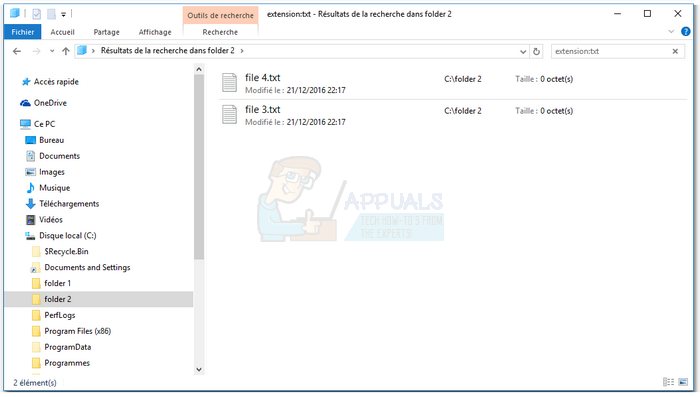How to Customize Default Search Views on Windows?
Whenever you make changes to the view and sort settings of windows explorer, the custom changes are marked for that folder such that your view will remain the same way when you reopen the same folder. The same thing happens when you search for a certain key word within a certain folder. If you decide to change the default view of the search results, the results will always be displayed this way the next time you search in the same folder.
Windows gives you options on how to view your folder. You can choose to view extra large icons, large icons, medium icons, small icons, tiles, list, content or details. For the details options you can further choose what to see: size, date modified, type etc. Windows remembers the option you have chosen by using the system registry to save your settings. The keys for a certain folder are modified and saved in the registry such that you will not have to change your view the next time you visit your folder.
You can customize the default view of all your folders by applying the view of the opened folder to all other folders from the folder and search options. However, this feature does not seem to be available for search view. So how do you set the default view of your search results so that you don’t have to repeat this task every time? This article will show you how to make the customized search view as the default search view for all the searches you will conduct in any folder in the future.

Modify the system registry keys
This method is aimed at changing the custom search view of one folder to be the default view of all search views of all folders by modifying the key or a recently searched folder.
- Create a new folder anywhere, also create a file of any sort into it
- Go inside the folder and perform a search
- Apply the custom view you would like manually
- Close the explorer window (Do not browse anything else after this)
- Press Windows/Start Key + R to open Run, type ‘regedit’ and hit enter to open the registry edit.
- Browse to
"HKEY_CURRENT_USER\SOFTWARE\Classes\Local Settings\Software\Microsoft\Windows\Shell\Bags"
- Inside this key, you’ll find a list of keys corresponding to stored data for your folders, the keys are named after an incremental number, that’s why you had to create a new folder at the first place, so, find the highest key number within the list
- If you did not browse anything since you closed the search, inside the highest key you should find a key named “Shell” and inside it, a key named “{7FDE1A1E-8B31-49A5-93B8-6BE14CFA4943}“
- From the File menu Export that “{7FDE1A1E-8B31-49A5-93B8-6BE14CFA4943}” key to a .reg file on your desktop (or anywhere you like)
- As of Oct 2018: {7fde1a1e-8b31-49a5-93b8-6be14cfa4943} must now be changed to {36011842-DCCC-40FE-AA3D-6177EA401788}.
- Edit that exported .reg file into the notepad (or any text editor you like)
- In the key path, replace the number of you folder occurrence (from point 6) to “AllFolders”
- Save the .reg file and double click on it to apply it. Merge if you are asked to.
Your customized default search view is now applied. Note that the new customized default view will not apply to folders where you previously already searched into, because any time you search a folder it will create the per folder settings that has priority on the default settings.
“{7FDE1A1E-8B31-49A5-93B8-6BE14CFA4943}” is actually the key for “generic search folders”, you might also need to apply the same procedure to other types of folders that windows marks as different from generic folders
– “{ea25fbd7-3bf7-409e-b97f-3352240903f4}” for “video search folders”
– “{71689ac1-cc88-45d0-8a22-2943c3e7dfb3}” for “music search folders”
– “{4dcafe13-e6a7-4c28-be02-ca8c2126280d}” for “pictures search folders”
– “{36011842-dccc-40fe-aa3d-6177ea401788}” for “document search folders”
If your Windows is recently updated, please use the new key from October 2018 in Point 4.